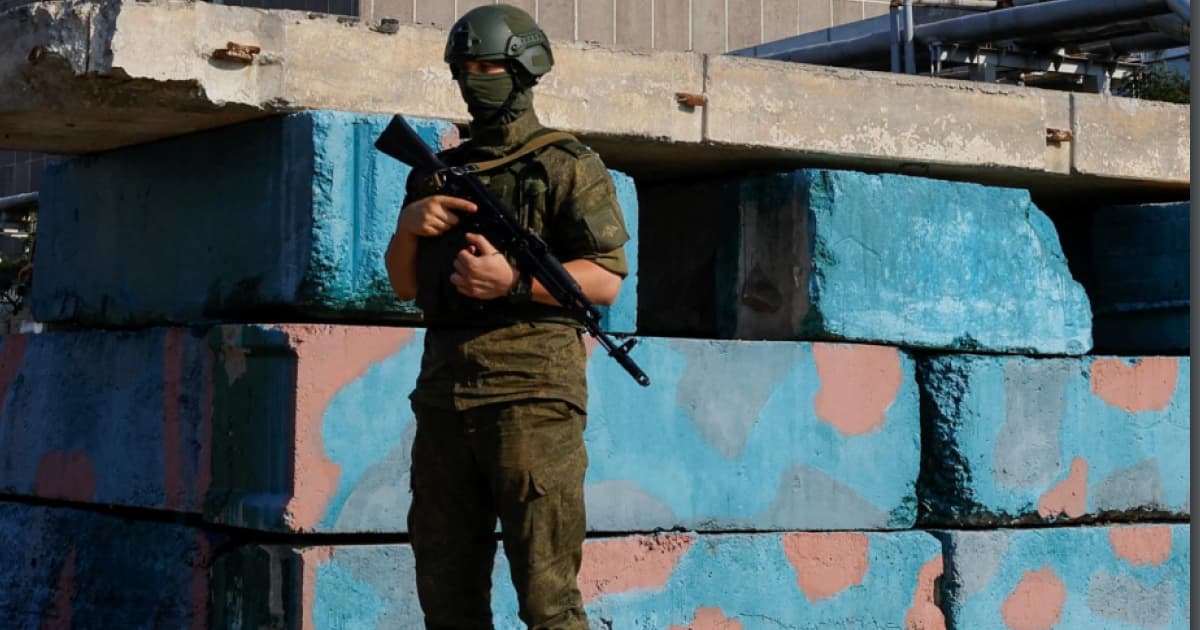Greenpeace believes that the IAEA is unable to control the security situation at the Russian-occupied Zaporizhzhia NPP

Greenpeace believes that the IAEA is unable to control the security situation at the Russian-occupied Zaporizhzhia NPP.
This is stated in the organisation's report.
The agency does not have enough inspectors and has limited access to the plant.
"The IAEA Board has taken a robust position on the Russian attack and occupation of the Zaporizhzhia nuclear plant, but their member governments have failed to apply effective pressure on Russia, including the lack of sanctions against Rosatom and the continued participation by Russia in IAEA nuclear programs," the report says.
Greenpeace also accused the IAEA of the limited scope and content of the Agency's reports, which puts too much trust in the statements of the Russian military.
"The IAEA reporting risks normalising what remains a dangerous nuclear crisis,
unprecedented in the history of nuclear power," Greenpeace also says in a statement.
In addition, the environmental organisation turned to military analysts from McKenzie Intelligence Services. According to their conclusions, the Russian armed forces are using Zaporizhzhia NPP for strategic and tactical purposes in the illegal war against Ukraine.
The 500-600 Russian soldiers in Zaporizhzhia region are members of the National Guard and report directly to Vladimir Putin.
Within a radius of one to 18 kilometres of ZNPP, Russians have deployed multiple launch rocket systems (MLRS), including BM-21 Grad and BM-30 Smerch. They are likely located near populated areas, including the town of Vodiane.
"It appears that they (the Russian military - Ed.) are using the proximity of the nuclear power plant as a shield to deter counter-battery fire on their firing positions," the McKenzie study reads.


